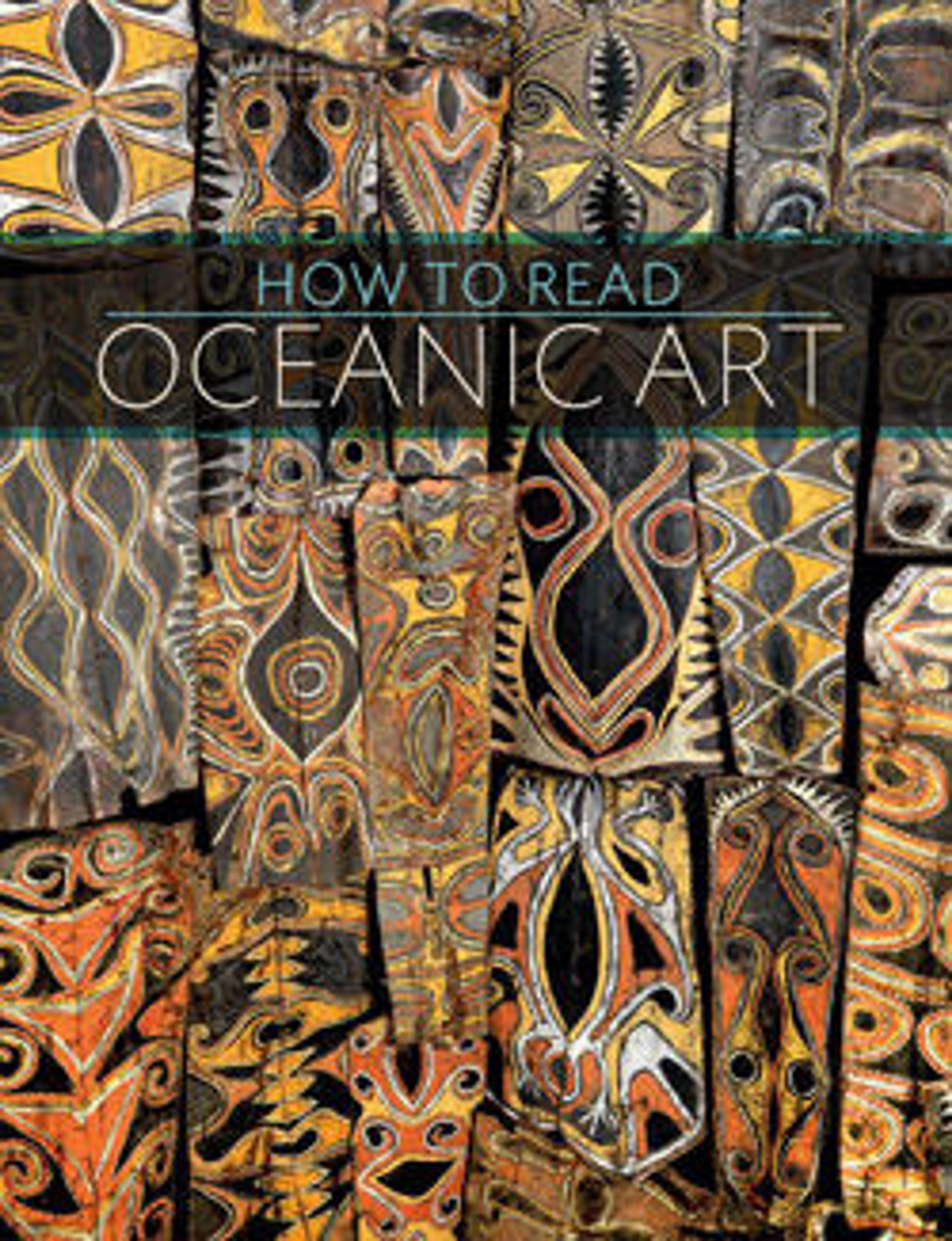Headdress (Uhikana)
The headdresses known as uhikana were among the most important forms of ceremonial regalia for chiefs in the southern Marquesas Islands. Worn on the forehead, uhikana consist of a fiber headband adorned with a central disk of pearl shell overlain with an openwork turtle-shell plaque. The designs on the present plaque are of the type known as the tiki star, in which the faces of six tiki (human images) radiate from a central disk. The original meaning of this motif is uncertain. However, some contemporary Marquesans state that the six faces symbolize the six inhabited islands of the Marquesan archipelago. The tiki star is also one of several Marquesan designs that appear in the art of the archipelago’s most famous expatriate resident, the French Post-impressionist painter Paul Gauguin.
Artwork Details
- Title:Headdress (Uhikana)
- Date:late 19th century
- Geography:Marquesas Islands
- Culture:Marquesan (Enata) people
- Medium:Pearl shell, turtle shell, fiber
- Dimensions:H. 6 × W. 14 × D. 6 1/2 in. (15.2 × 35.6 × 16.5 cm)
- Classification:Shell-Ornaments
- Credit Line:The Michael C. Rockefeller Memorial Collection, Purchase, Nelson A. Rockefeller Gift, 1964
- Object Number:1978.412.832
- Curatorial Department: The Michael C. Rockefeller Wing
More Artwork
Research Resources
The Met provides unparalleled resources for research and welcomes an international community of students and scholars. The Met's Open Access API is where creators and researchers can connect to the The Met collection. Open Access data and public domain images are available for unrestricted commercial and noncommercial use without permission or fee.
To request images under copyright and other restrictions, please use this Image Request form.
Feedback
We continue to research and examine historical and cultural context for objects in The Met collection. If you have comments or questions about this object record, please contact us using the form below. The Museum looks forward to receiving your comments.
